Church of MO: 2011 Kawasaki KLR650 Review
Oh, look, there was a new Kawasaki KLR650 ten years ago, too. Okay, the big redesign was in 2008, but MO didn’t get around to testing one ’til ten years ago. Anyway, they built the first one in 1987, which has to make the Killer one of the longest-running models in Kawasaki’s line-up, even if it was missing for a couple years. Kudos is one of our go-to words, and in this case it actually fits… Kudos, big K, on Donner, on Blitzen, on KLR.
Simple is good!
They say those big Kawasaki KLR650 Supertankers last forever. The KLR has been Kawasaki’s top selling dual sport bike for years (or is that decades?) and is ridden by adventure riders, motorcycle couriers, trail riders and urban commuters. Oh, and don’t forget the U.S Marines! What do they see in these machines? Well, consider the KLR650 a two-wheeled Army Jeep and you’ll get the right idea.The KLR has evolved, slowly but surely, to become a very competent if somewhat old school motorcycle. While other dual-sport manufacturers have gone the high-tech route Kawasaki has stuck to its guns, selling a simple and proven package that simply works. And some folks believe that sometimes simple is good. But we were curious to see if we thought it was good…
The KLR’s styling has been updated, with a new fairing that actually works at highway speeds but isn’t too obtrusive on reasonable trails. The fenders actually keep the rider clean and the whole bike looks cool, in a gigantic sort of way. The seat is wide and soft enough to be comfy when seated, the standing ergonomics are pretty much like a normal dirt bike and the old-school steel motocross handlebars have a decent height and bend. The rubber footpegs are slippery when wet, but if you are into riding to work in dress shoes you’ll appreciate them for sure.
For a bike that will cruise nicely down the super-slab at 75 mph the KLR is remarkably trail worthy. Though the 650 Single remains carbureted, it nevertheless has sharp throttle response, starts instantly and warms up quickly. The clutch is fairly light to pull and has smooth engagement. The five-speed transmission, while a bit notchy, has great gear ratios. The torquey engine pulls strongly from about 2000 rpm, building in a flat, lazy progression to its 7500-rpm redline. It’s not exactly slow or fast; it just pulls well enough to do wheelies over trail junk in the first two gears and blast down the highway on your way to work without vibrating excessively.
The suspension was updated last year, with a larger diameter 41mm conventional fork, new rear shock with five-position preload adjustment and a stepless rebound damping adjuster. That big gas tank makes a difference in handling and suspension action when it’s full, but at around a half-tank the suspension works surprisingly well. On wide-open trails it is the KLR’s physics and tires that really slow you down; with a curb weight of 431 pounds (not including your lunchbox) the suspension has its work cut out for it! The fork, considering its short 8 inches of travel, works well enough on the street without too much fork dive but could use stiffer springs and more low-speed compression damping on the trail. It also flexes when pushed aggressively – something the aftermarket has remedied with fork braces.
The Uni-Trak 7.3-inch travel rear suspension works great on the street but gives the bike a low-butt stance shorter testers liked but our six-foot-tall rider complained about. On the trail the rear suspension does a remarkable job considering the mass of the KLR and the limited wheel travel, but it could still use firmer damping rates and perhaps a stiffer spring for heavier riders or when carrying a passenger or luggage. The KLR is a big motorcycle that somehow doesn’t “feel” as big as many other mega-sized dual sport bikes. It has a fairly low center of gravity, steers with decent precision at low speeds and is quite stable at higher ones.
So what do we really think? We were surprised at just how good the KLR is. We shouldn’t have been, since in terms of dual-sport bang for the buck the KLR has ruled for years. If it were ours we’d do a few things, most notably get a good suspension tuner to set it up for more aggressive riding on the fast, rocky fire roads the KLR is so good at blasting down. We’d also put on a stickier set of street-legal knobby tires and some normal motocross footpegs. And we’d better not forget a GPS mount! And that’s it.
Even after a few minor mods the KLR650 remains a bargain. For thousands less than other big dualies this is a competent, reliable bike that you can maintain yourself, get parts for easily and it will haul your adventurous butt to just about anywhere in the world. It might not be the most glamorous dual-sport bike out there, but after out time aboard the venerable KLR650 we’d have to agree that simple is good! Now where’s that road map…
Related Reading
Riding with the Wind of Change
The 1999 Kawasaki KLR650
Kawasaki KLR650 Project Bike: Part 1
Kawasaki KLR650 Project Bike: Part 2
Kawasaki KLR650 Project Bike: Part 3
Kawasaki KLR650 Project Bike: Part 4
Kawasaki KLR650 Project Bike: Part 5
Kawasaki KLR650 Project Bike: Part 6
Kawasaki KLR650 Project Bike: Part 7
Kawasaki KLR650 Project Bike: Part 8
More by John Burns



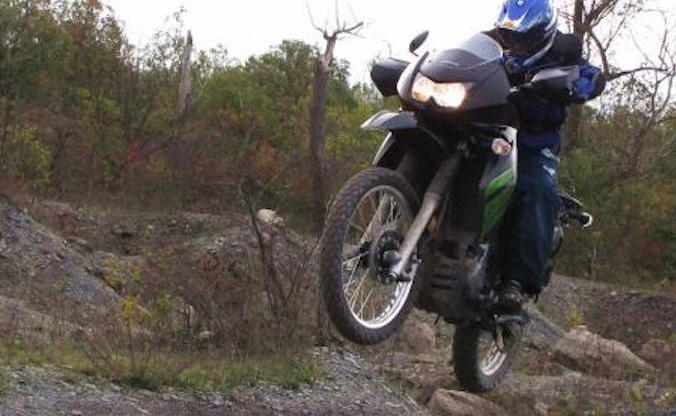






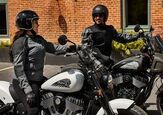
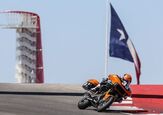
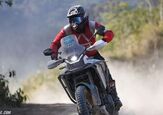
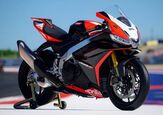

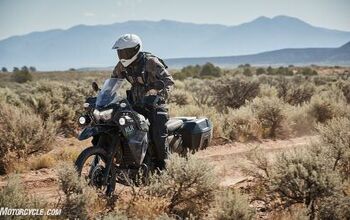
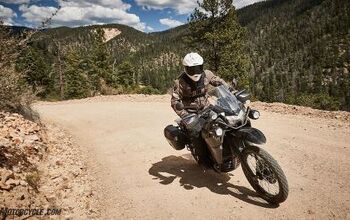
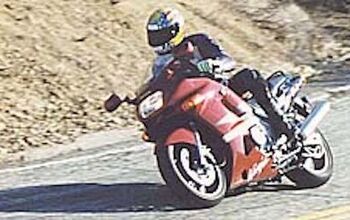


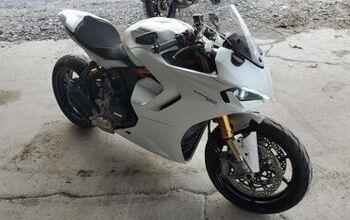
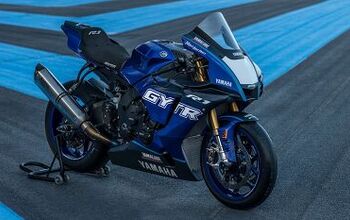
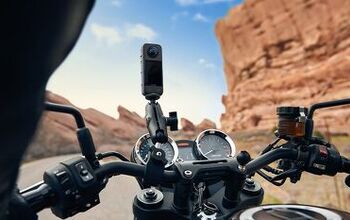
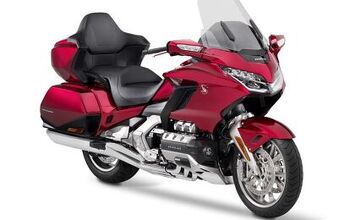

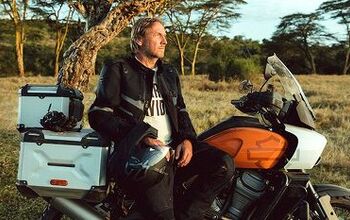
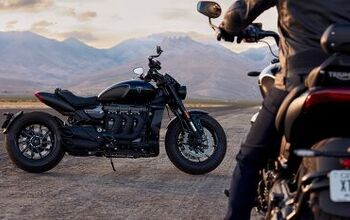
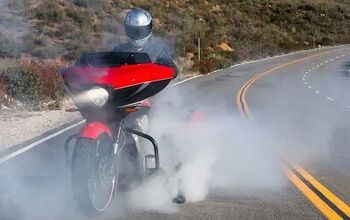
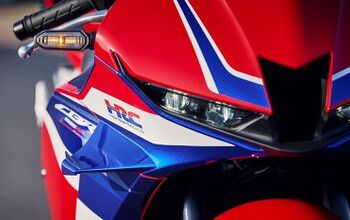
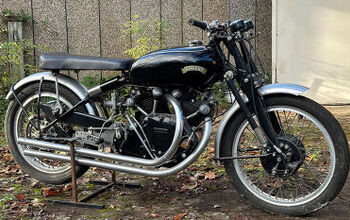

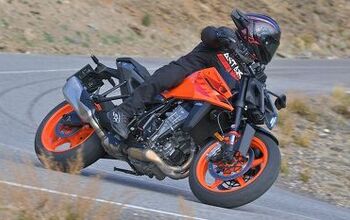

Comments
Join the conversation
Had an ancient 1992 KLR in NYC- great city bike.
Had an ancient 1995 DR IN Tucson- great city bike.
Would have either again, but no thanks to more weight.
I love my '93 KLR600, the predecessor to the KLR650. I believe it was sold in Europe until 1994. It is quite a bit lighter than the 650 so I'd imagine to be closer in feel to the DR in the dirt.
Here is a picture of my 600 with my friend's '89 650, taken during a late night's ride around the country lanes north of Istanbul. Both have the doohickey and the thermo-bob installed... https://uploads.disquscdn.c...